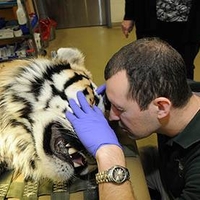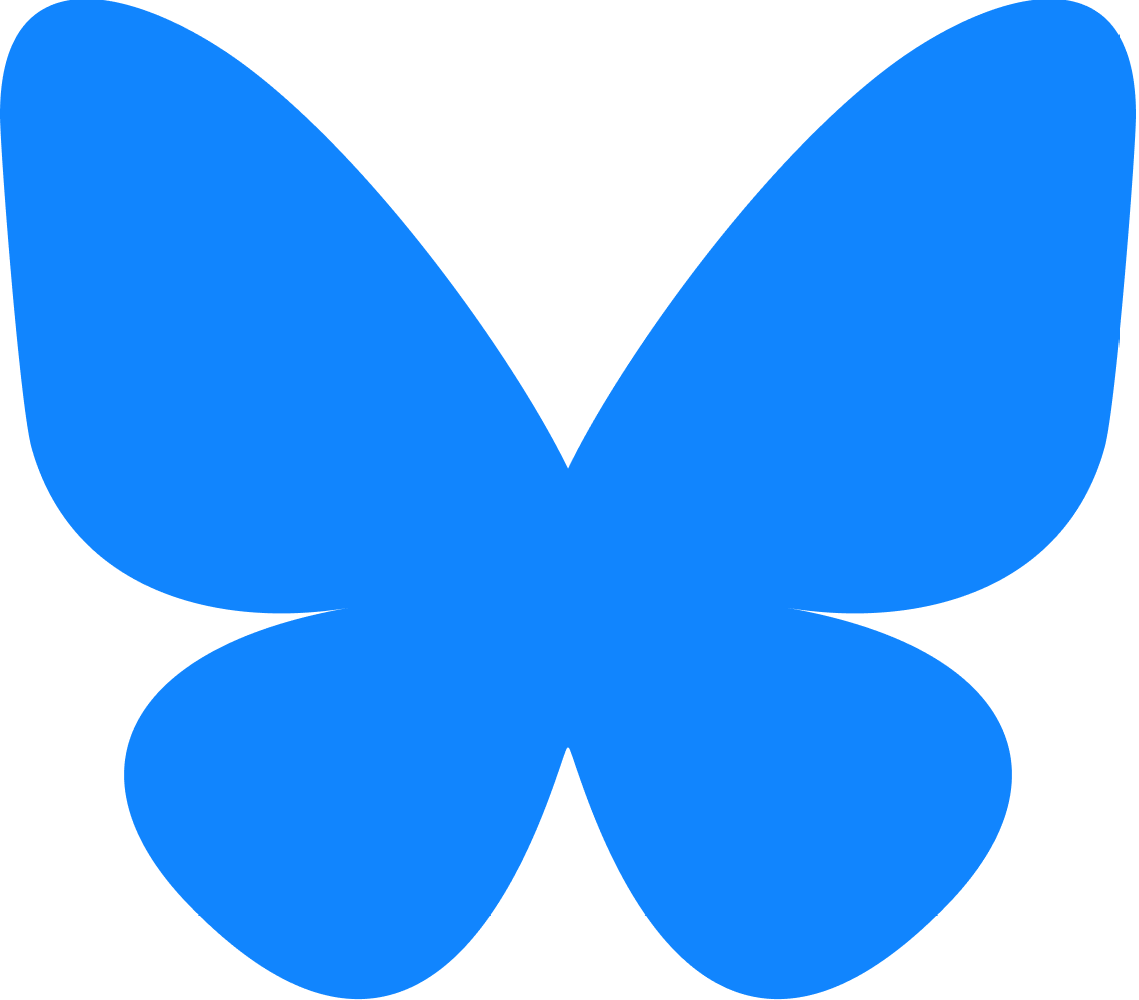Saving Species, One Individual at a Time
Zoo Veterinarians Between Welfare and Conservation
DOI:
https://doi.org/10.52537/humanimalia.9540Abstract
The role of zoo veterinarians has changed significantly in the last several decades, reflecting and revealing broader transformations in zoo culture, especially among North American accredited zoos. This article draws on several interviews with prominent zoo vets, as well as on regulations that pertain to their work, to highlight their current position at the nexus of animal health and welfare, on the one hand, and of species conservation, on the other hand. The transformation of zoos into conservation institutions in particular has resulted in the vets’ novel focus on the sustainability of populations and their intensified involvement in in situ wildlife management. The article will explore the everyday negotiations that zoo vets must undertake to balance between caring for the individual animal’s medical needs and for the long-term survival of her population and species. Despite the central role of the zoo vet in this institutional arena, very little has been written about this figure from a scholarly perspective. The article concludes with a call for further explorations in this direction.
Downloads

Published
Issue
Section
License

This work is licensed under a Creative Commons Attribution-NonCommercial 4.0 International License.









